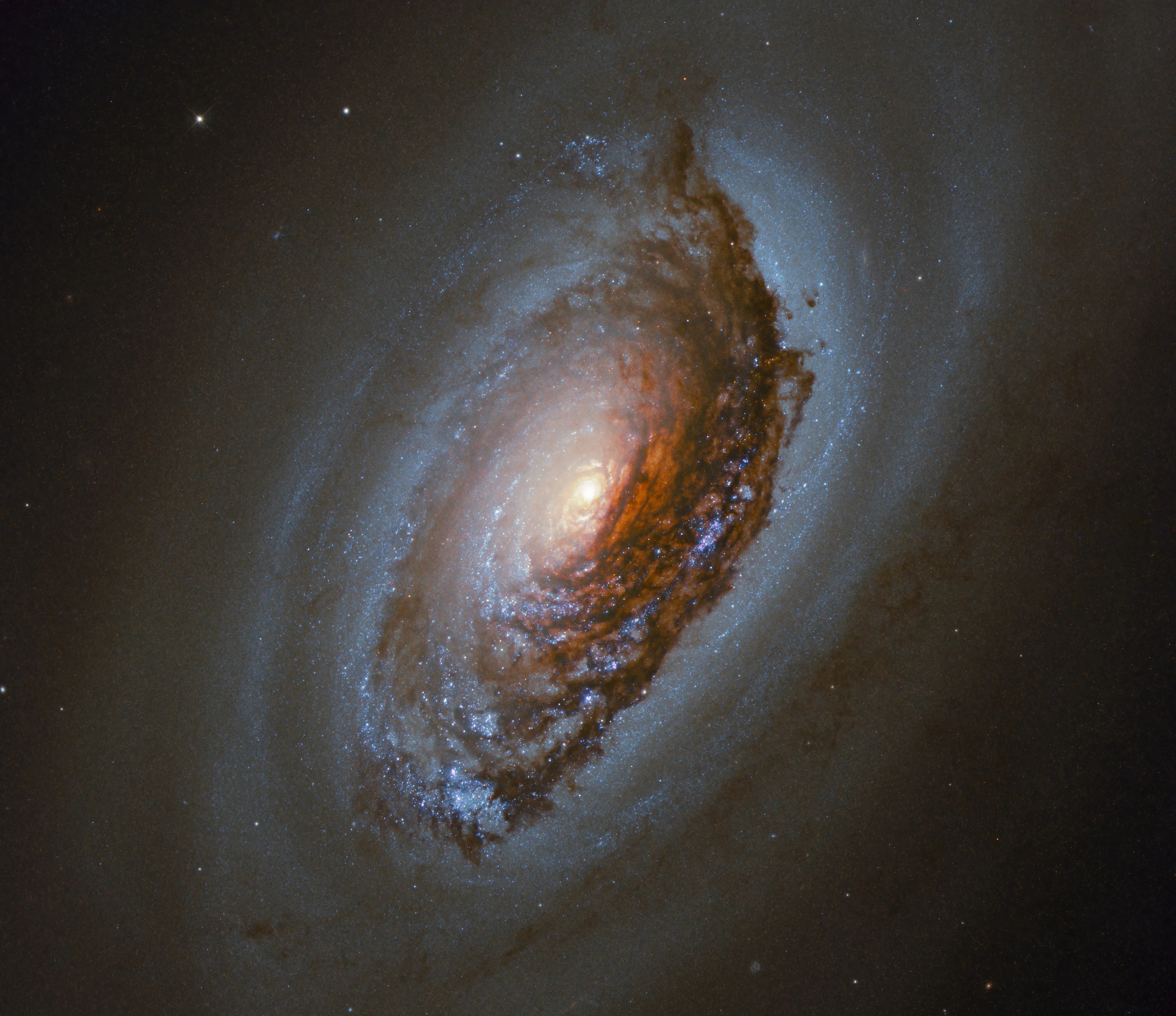“We are all in the gutter, but some of us are looking at the stars,” Oscar Wilde once beautifully said, and suddenly I remember all my childhood summer nights spent lying down in our huge backyard on soft grass gazing into millions of tiny lights sparkling back to me from the darkness.
This year happened to be atruly specialone for all the stargazers since Comet 13P/Olbers, last seen from Earth only in 1956, once again took its path close to our planet.
More info:Orbital Today
RELATED:
Comet 13P/Olbers recently went hurtling through the depths of our solar system and Portuguese astrophotographer David Cruz made sure to document it in the most detailed way

Image credits:David Cruz Astrophotography

Image credits:Skyler Ewing / Pexels (not the actual photo)

The comet, which was named after German astronomer Heinrich Olbers, who discovered it back in 1815, made its closest approach to Earth on the 20th of July. According to NASA, thisstunningcelestial object orbits the sun every 25,400 days, which means we won’t be able to see it again until 2094.
Among all the astrophotographers who tried to catch this once-in-a-lifetime event,David Cruzfrom Portugal was the one who did it in a truly mesmerizingly detailed way.
In an interview withBored Panda, David mentioned that he has always loved astronomy and photography, but those things came together just 4 years ago during an astrophotography workshop. Since that moment, his passion for astrophotography has only kept growing and the amateur astrophotographer based in Alentejo, known for its dark skies, has been learning more and more about nightscapes and deep-sky images.
“For astrophotography, lightpollutionis the worst enemy, so you need to get away from bright city lights. Alentejo is just perfect because you have vast countryside where you can really enjoy good, deep, dark skies,” David explained. “Also, it is quite dry, with the most clear nights per year in Europe. That’s why after some years of traveling to Alentejo, I decided to buy a little piece of paradise here for me as well.”
Asked about how he succeeded to catch Comet 13P/Olbers in such a detailed way, David told us that it was possible because of his deep-sky setup, which consists of a computerized mount to track the sky, a telescope and an astronomy camera.
“That allowed me to easily point my telescope to the comet and capture images continuously for 30 minutes,” the astrophotographer explained. “Later in post-production those images were stacked together to create the finalmaster imageto edit. This way I was able to bring to life all the colors and tiniest details of this precious solar system visitor.”
The comet made its closest approach to Earth on the 20th of July when it came within 176 million miles (283 million kilometers) of our planet

Image credits:Greg Meyer

Image credits:NASA
Another photographer,Greg Meyer, who’s based in Phoenix, Arizona, even managed to capture a tiny moment when the Comet 13P/Olbers appeared alongside the Black Eye Galaxy (M64). It happened on the 25th of August when he was running his telescope remotely at the Starfront Observatory located near Brady, Texas. Greg tracked down the remarkable celestial object to just 12 degrees above the horizon.
“I had only 1 night to grab this shot, and only about 1 hour to do it. It was sinking fast below the horizon after sunset,” Greg shared in an interview withSpace.com.

Image credits:Dan Bartlett

Image credits:Juan Soler Campello / Pexels (not the actual photo)

Image credits:Yuting Gao / Pexels (not the actual photo)
Comets, whichscientistsconsider to be the leftovers from the dawn of our solar system around 4.6 billion years ago, are probably among the most spectacular objects in the sky.
With their bright glowing nuclear dust clouds and their longdust and ion tails, they can provide a truly fabulousever-changing spectaclefor many months. And when such a show happens for the 1st time in almost 70 years, then you certainly don’t want to miss it!

Image credits:usuallypregnant

Image credits:DeforrestNigel

Image credits:DarkSalxm

Image credits:me_izz_Osamaa

Image credits:AfshaShah6

Image credits:mike_taivalmaa

Image credits:astrobiscuit2

Image credits:2140btc

Image credits:its_abd_shk

Image credits:Nikosmig1968gm1

Image credits:DelanKayz

Image credits:AntrimLens
Thanks! Check out the results:
Science & Technology